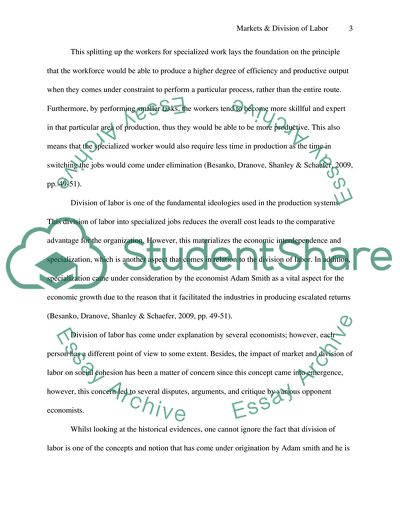Cite this document
(Markets and Division of Labor Case Study Example | Topics and Well Written Essays - 3000 words, n.d.)
Markets and Division of Labor Case Study Example | Topics and Well Written Essays - 3000 words. Retrieved from https://studentshare.org/marketing/1592948-do-markets-and-the-division-of-labour-encourage-or-discourage-social-cohesion
Markets and Division of Labor Case Study Example | Topics and Well Written Essays - 3000 words. Retrieved from https://studentshare.org/marketing/1592948-do-markets-and-the-division-of-labour-encourage-or-discourage-social-cohesion
(Markets and Division of Labor Case Study Example | Topics and Well Written Essays - 3000 Words)
Markets and Division of Labor Case Study Example | Topics and Well Written Essays - 3000 Words. https://studentshare.org/marketing/1592948-do-markets-and-the-division-of-labour-encourage-or-discourage-social-cohesion.
Markets and Division of Labor Case Study Example | Topics and Well Written Essays - 3000 Words. https://studentshare.org/marketing/1592948-do-markets-and-the-division-of-labour-encourage-or-discourage-social-cohesion.
“Markets and Division of Labor Case Study Example | Topics and Well Written Essays - 3000 Words”, n.d. https://studentshare.org/marketing/1592948-do-markets-and-the-division-of-labour-encourage-or-discourage-social-cohesion.


